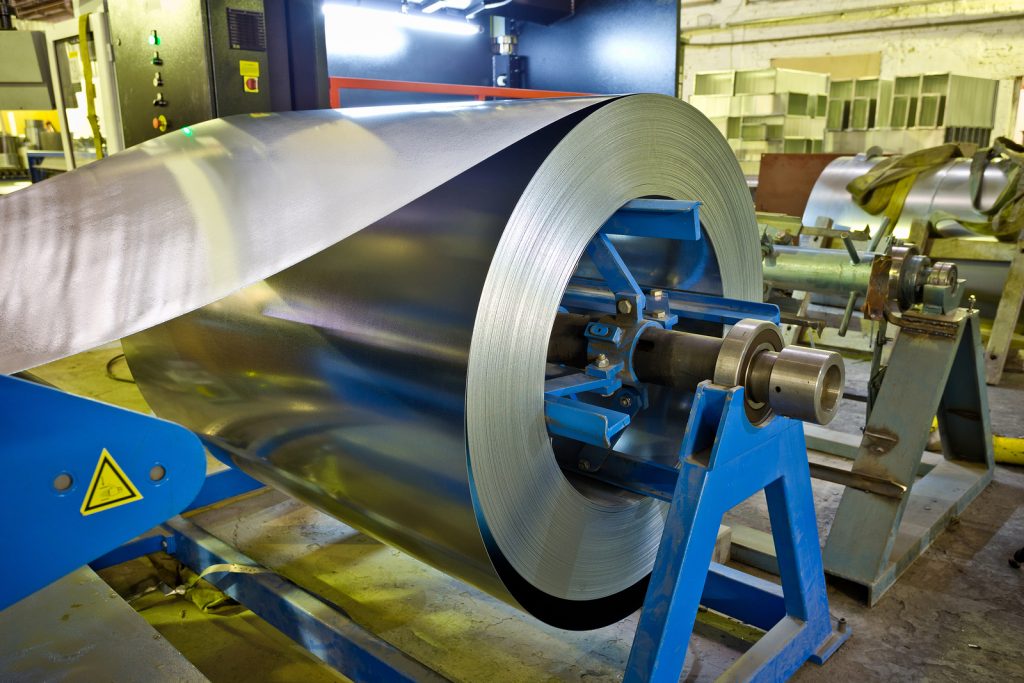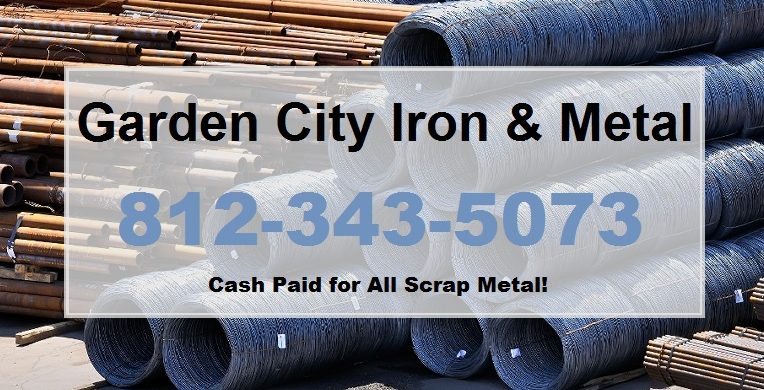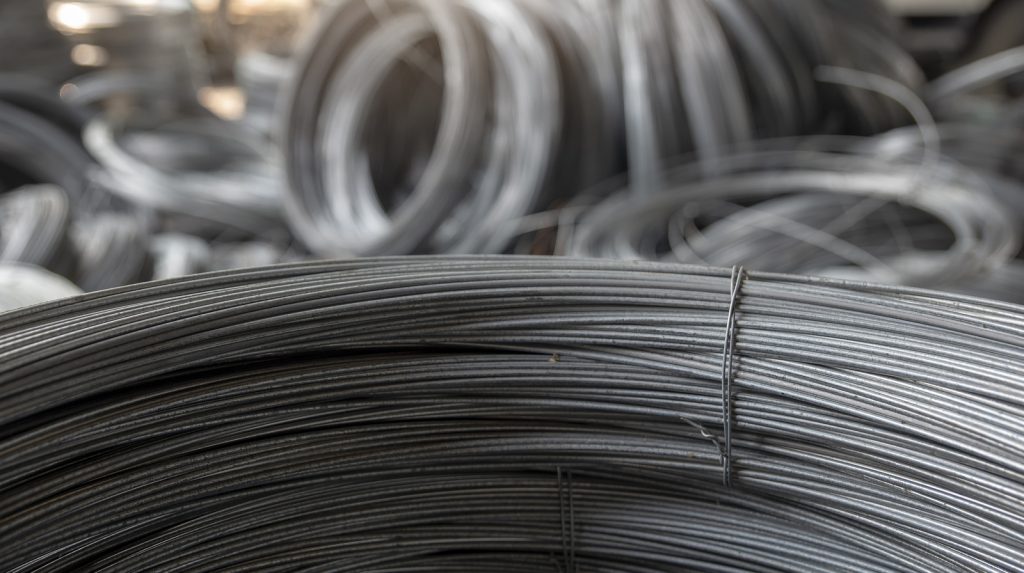As discussed in our last blog, in order for stainless steel to have magnetic properties, two essential elements must be present: iron, which is a ferrous metal (or metal with high amounts of ferrite), and a crystal composition arranged in a ferritic or martensitic structure. Also mentioned were the 3 primary types of magnetic stainless steel are ferritic, martensitic, and duplex, each of which have their own set of grades.
In this blog, we will discuss ferritic steel grades 409, 430 and 439. Continue reading to learn about each of these three common ferritic stainless steels, and where you can sell scrap steel at the highest profits in town.

Ferritic Stainless Steels
Ferritic stainless steel has large quantities of ferrite in its chemical composition, and contains the grades 409, 430 and 439. Below is a brief explanation of each stainless steel grade, and how they compared to one another.
Ferritic Stainless Steel Grade 409
The 409 stainless steel grade is defined by its 11% chromium content. It is typically the cheapest option in the ferritic stainless steel group, and mostly admired for its oxidation or corrosion protection properties, especially compared to carbon steel and similar coated steel alloys. In additional to moderate oxidation resistance, this grade is quite malleable, and can be formed into various shapes, cuts, and dimensions. When compared to 430, 439, and even 304 grades, 409 stainless steel is less resistant to corrosion due to its chromium makeup, but still a better option than mild carbon steel in terms of corrosion. It’s most common applications include automotive parts like exhaust systems, heat exchangers, silencers, catalytic converters, and furnace liners.
Ferritic Stainless Steel Grade 430
This grade of stainless steel is a non-hardenable grade that must contain at least 16% chromium. For this reason, it is often applied to indoor applications, like appliances, food equipment, roofing, automotive parts, flue liners, and more. Similar to 409 stainless steel, grade 430 has a decent resistance to corrosion and rust formation. Because of its chemical makeup, it also retains good malleability and can be annealed.
Ferritic Stainless Steel Grade 439
Similar to 430, to be this grade, stainless steel must contain at least 17% chromium. Because of this content, 430 grade steel is also resistant to corrosion and can be easily formed, rolled, bent, or stretched into custom shapes or cuts. For this reason, its most common industry applications include heating units, evaporator tubes, and automotive exhaust components. Compared to 409, this grade is actually more resistant to both corrosion and oxidation.
Where to Recycle Scrap Steel for Cash
Call Garden City Iron & Metal at 1-888-586-5322 to recycle steel in Indianapolis, or in Central and Southern Indiana. We pay cash on the spot for both ferrous and non-ferrous metals, as well as, junk cars, automotive parts, appliances, construction equipment, motorized farming equipment, and much more! Get rid of your junk and make some fast cash at the same time.


